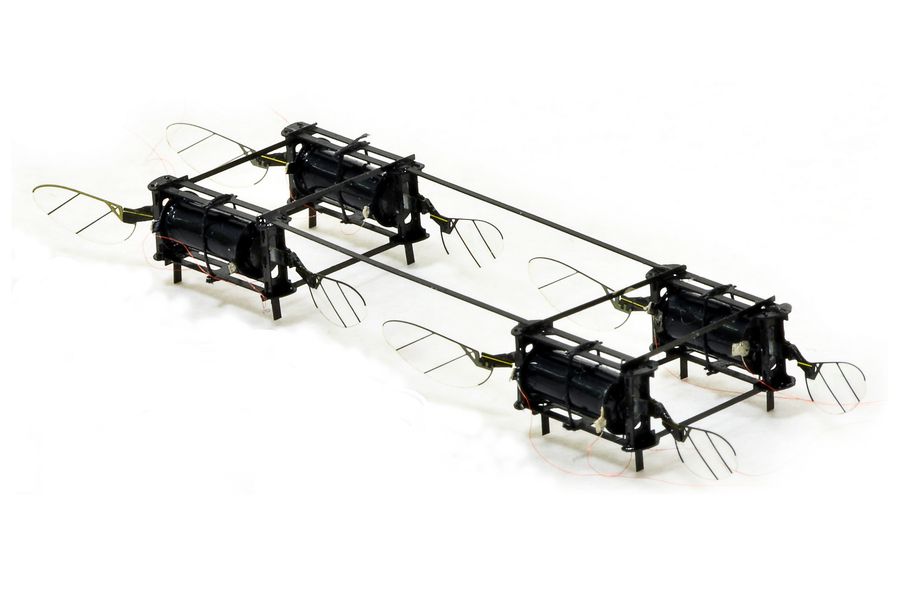High feed prices remain the biggest burden for many ranchers, with input accounting for up to 60 percent of total production costs.
However, farmers can reduce costs by raising insects such as crickets and black soldier flies on the farm to use as fodder.
dr Sevgan Subramanian, a senior scientist at the International Center for Insect Physiology and Ecology (Icipe), notes that crickets, black soldier flies and grasshoppers can be used to create nutritious feed for fish, poultry and pigs.
For crickets, scientists have identified the species Scapsipedus icipe, which is edible and can also be mass-produced as a high-quality protein ingredient in animal feed for human consumption.
The insect is often found near buildings and in fields, and has a yellow band between its eyes that distinguishes it from other species.
Crickets have 62.3 to 67 percent protein, which is on par with fish, which is around 66 percent protein and ahead of chicken at 30 percent. The expert notes that 10 house crickets collected from behind the yard or on the farm can form a colony in a matter of months.
To grow them, you need a plastic box with a lid (the size of a ballot box), used grains commonly known as machicha, cotton balls, and paper eggshells.
The egg shells are arranged in the plastic box and wet cotton balls, the size of which is smaller than a fist, are placed in random places inside. Once the houses are finished, a farmer captures the insects and keeps them in the box in a warm room.
Completely dried, then ground
The crickets will feed on the used grains in the box and more should be added as they are used up. According to the scientist, underfeeding can cause crickets to cannibalize each other to meet their protein needs.
The (draff) grains used, which can come from sorghum, are rich in proteins and carbohydrates. It is also recommended that the insects be given quality food and a balanced diet, especially if they are kept for human consumption. “As the natural mating process begins, the female crickets lay eggs in the cotton balls, which provide a conducive soil to keep them from drying out. This ensures a hatchability of 90 percent,” explains Dr. Subramanian.
Moist cotton balls also help provide drinking water for the insects, including males, which have been known to eat eggs. The females therefore learn to push their eggs into the cotton balls for safety. After five days, fresh cotton balls should be placed in the boxes, and the old ones should be transferred to another container with eggs and left to hatch.
“The advantage of crickets is that generations can be created just by providing them with food and water. Crickets can reproduce quickly, often reproducing within 10 days,” says Dr. Subramanian, adding that it takes 34 days for the insects to mature.
A farmer harvests three to four kilograms of mature insects from a single box with 5,000 eggs.
It is estimated that 1,000 insects make up one kilogram. The more containers a farmer has, the more kilograms have to be fetched.
Although crickets can survive for up to four months, egg laying usually occurs in the first month.
The scientist notes that it is therefore not economical to keep feeding them if they no longer form another generation.
The harvested crickets are completely dried and mechanically ground into powder. The powder is then used as a protein source in the manufacture of animal feed. It can also be used to make biscuits or added to baby food.
Rearing the black soldier fly
Raising the black soldier fly, known as Hermetia illucens, uses an inexpensive technology that uses a cardboard box and a pile of kitchen scraps or draff.
A portion of the cardboard is cut to form crevices into which flies are laid like eggs. It is then placed in a waste container, such as a sheltered yard or under a tree.
The litter will attract black soldier flies to feed when natural mating processes take place. The female flies lay their eggs in the cracks within five days. A farmer then waits four days; where the eggs hatch into larvae. The waste provides food that the larvae (maggots) can feed on until harvest time, which is between 12 and 21 days.
dr Chrysantus Mbi Tanga, a lead research scientist at Icipe, says the technology has been tried for three years and found to be successful.
“After 21 days, the content is screened. The litter goes down, leaving the larvae on the web. Harvest should be done before they begin to blacken in the transition to the pupal stage. The protein content is lower once they turn black because they would have used something to develop tougher skin,” says Dr. Tanga. The choice of bow tie is influenced by the fact that in a year it has more generations. Each fly lays between 500 and 900 eggs at a time. Instead of kitchen scraps and spent grains, cow manure, human feces, rabbit, goat and chicken manure can be used.
After harvesting, the maggots are dried in the sun for at least two days before being ground into a powder used to make animal feed.
dr Tanga says the flour is rich in proteins and fats and should be mixed with corn germ or whole corn and others for a fully balanced feed for livestock. The end products are either in the form of powder, cake or pellets.










